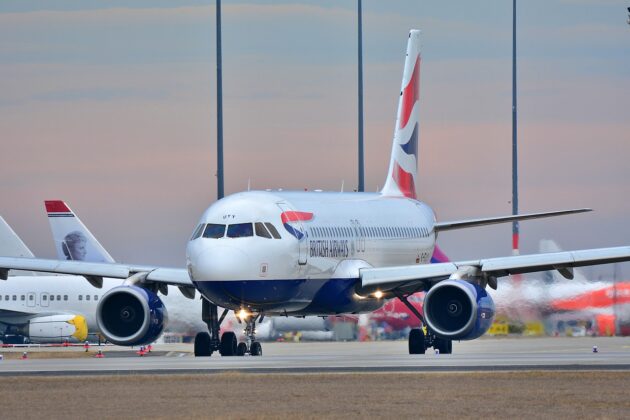
Airlines managing diverse fleets must balance efficiency with operational flexibility. With different aircraft models often requiring varied engine types, having dedicated ground support equipment for each can lead to high costs and logistical challenges. Versatile engine stands offer a practical solution by accommodating multiple engine models within a single design. This adaptability allows airlines to optimise storage, streamline engine handling, and reduce the need for excessive equipment investments. As fleet compositions evolve, multi-use engine stands provide a scalable approach, ensuring smoother operations while enhancing resource efficiency.
Table of Contents
Supporting Multiple Engine Models with a Single Solution
Modern airlines operate diverse fleets with various engine types, requiring flexible ground support solutions. Adaptable engine stands accommodate multiple engine models, reducing the need for separate stands for each aircraft type. This versatility allows airlines and MRO providers to streamline operations using fewer stands while still maintaining efficient engine handling processes.
By investing in multi-use stands, operators minimise storage requirements and lower procurement costs. This is particularly beneficial for airlines that lease aircraft with different engines or frequently upgrade their fleets. Versatile stands also simplify logistics, ensuring smoother transitions between maintenance tasks.
Companies offering adaptable engine stands provide solutions that enhance operational efficiency while reducing unnecessary equipment investments. More information on different stand types can be found at https://enginestands24.com/engine-stands-types. As the aviation industry evolves, flexible support equipment helps airlines maintain cost-effective and flexible fleet management strategies.
Enhancing Fleet Efficiency and Cost Savings
Adaptable engine stands significantly enhance fleet efficiency and drive cost savings for airlines and MRO facilities. By consolidating the need for multiple stands into one versatile solution, airlines can reduce the number of units required for various engine models, lowering both procurement and storage costs.
This efficiency also extends to logistics, as fewer stands streamline the movement of engines between facilities, reducing the time and resources needed for transportation. Additionally, multi-use stands can be easily repurposed as fleets evolve, meaning airlines don’t need to purchase new equipment whenever they introduce a different engine type.
Overall, versatile engine stands provide a practical approach for improving resource allocation, cutting costs, and supporting smoother fleet management across diverse aircraft types.
Improving Logistics and Storage Management
Adaptable engine stands also improve logistics and storage management for airlines and MRO providers. With their versatile design, these stands take up less space than multiple dedicated models, optimising storage capacity. This is especially important for airlines with varied fleets, as having fewer types of stands simplifies inventory tracking and reduces clutter in maintenance areas.
Standardised, multi-use stands streamline the logistics of engine transportation, as they can be moved between different aircraft models easily, ensuring more efficient handling during maintenance cycles. Storing and transporting engines using fewer flexible stands leads to better organisation, fewer logistical challenges, and smoother operations.
By minimising the need for specialised equipment, adaptable engine stands make it easier to manage resources and storage, ultimately enhancing operational efficiency and reducing the risk of delays.
Adapting to Future Fleet Changes
Investing in adaptable engine stands helps airlines accommodate future fleet changes, whether through engine upgrades or the introduction of new aircraft models. These stands are designed to support various engine types, reducing the need for constant equipment replacement as fleet compositions evolve. Modular designs ensure airlines can easily adjust to new engine configurations without significant additional investments. This flexibility helps maintain cost-effectiveness while supporting future growth and fleet diversification in the aviation industry.
